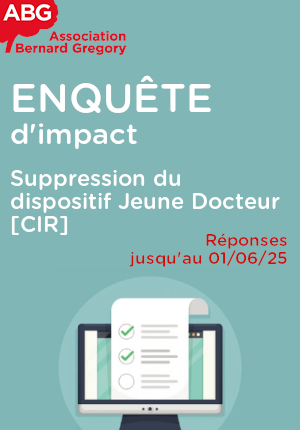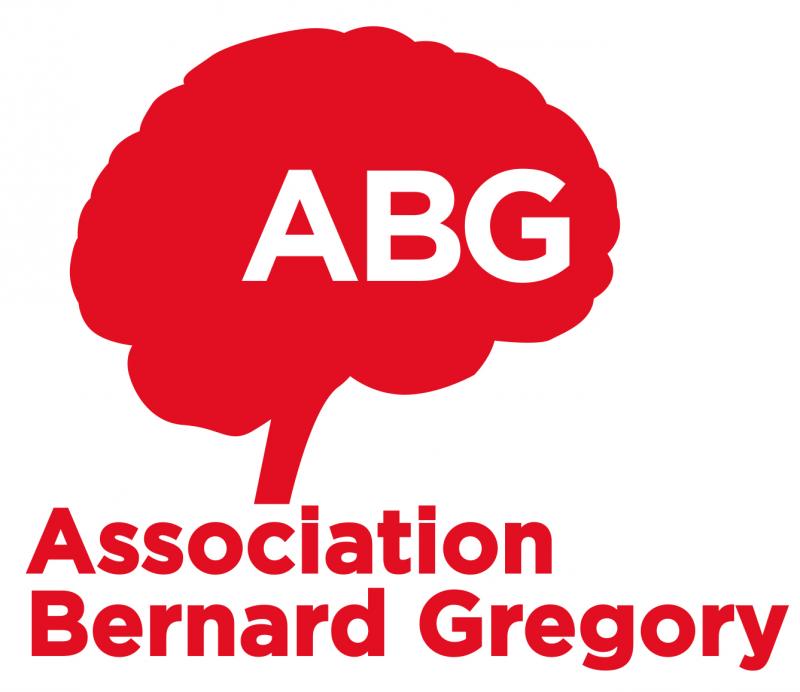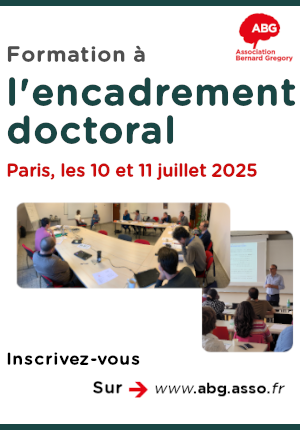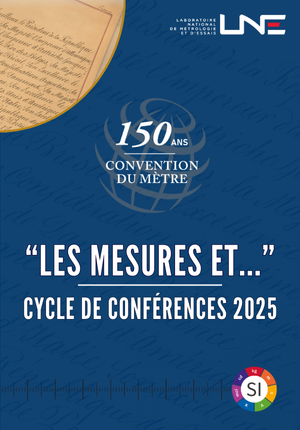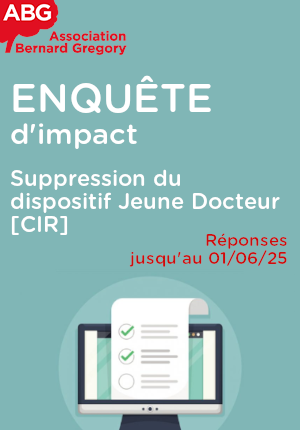Exploring chiral recognition dynamics
| ABG-132272 | Sujet de Thèse | |
| 28/05/2025 | Contrat doctoral |
- Physique
- Chimie
Description du sujet
A PhD position is available for three years at CELIA laboratory in Bordeaux (www.celia.u-bordeaux.fr) in collaboration with Universidad Autónoma de Madrid (Spain).
Chiral molecules are of paramount importance in biology because they are building blocks of organic matter, including human beings. Chiral molecules appear in pairs of left- and right-handed enantiomers, where their nuclear arrangements present non-superimposable mirror twins. The enantiomers of a chiral molecule interact differently with their environment as soon as this latter presents a chiral character, which is the case of most chemoreceptors of living organisms. Such enantio-sensitive interactions are commonly employed in pharmacology but the underlying mechanisms of chiral recognition are not well understood so far.
We will thus address this problem from a fundamental and theoretical point of view. We will consider the dissociation of chiral dimers consisting of the aggregation of two enantiomers through hydrogen bonds. Dissociation is here interpreted as the inverse process of chiral recognition where enantiomers approach each other. We will successively consider the processes of light-induced dissociative excitation and dissociative ionization. As the distance between the two chiral components increases during the dissociation, we will characterize the chirality of the whole system in terms of the asymmetry of the photoelectron angular distribution resulting from the absorption of ionizing light [1,2]. Taking the response of single enantiomers as reference, this will enable us to define the critical distance where enantiomers start to recognize each other. This project is carried on in the framework of a collaboration with V. Wanie et al (DESY, Hamburg) who will perform the associated experiments on dimer dissociation.
Candidates can apply by sending an email to Bernard Pons, Ismanuel Rabadán, and José Luis Pascual (see the emails above).
References :
[1] S. Beaulieu et al., New. J. Phys. 18, 102002 (2016) ; V. Wanie et al., Nature 630, 109 (2024)
[2] A. Comby et al., J. Phys. Chem. Lett. 7, 4514 (2016) ; V. Blanchet et al., PCCP 23, 25612 (2021)
Prise de fonction :
Nature du financement
Précisions sur le financement
Présentation établissement et labo d'accueil
Center for Intense Lasers and Applications (CELIA) - Bordeaux, France: CELIA is a center of excellence for lasers and their interaction with matter. Research is conducted on laser developments and ultrafast laser-matter interactions with atoms, molecules, plasmas, and solids. The candidate will be hosted by a dynamic group of researchers (http://harmodyn.celia.u-bordeaux.fr) and will benefit from the very supportive environment at CELIA. We are committed to creating an inclusive environment for all.
The position is located in a sector under the protection of scientific and technical potential (PPST), and therefore requires, in accordance with the regulations, that your arrival is authorized by the competent authority of the MESR.
Intitulé du doctorat
Pays d'obtention du doctorat
Etablissement délivrant le doctorat
Ecole doctorale
Profil du candidat
Knowledge of atomic and/or molecular physics - Appetite for theoretical calculations - Master 2 of Physics of Chemical physics obtained or being finalized
Vous avez déjà un compte ?
Nouvel utilisateur ?
Vous souhaitez recevoir nos infolettres ?
Découvrez nos adhérents
 Aérocentre, Pôle d'excellence régional
Aérocentre, Pôle d'excellence régional  Tecknowmetrix
Tecknowmetrix 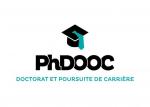 PhDOOC
PhDOOC  CASDEN
CASDEN  Institut Sup'biotech de Paris
Institut Sup'biotech de Paris  MabDesign
MabDesign  Laboratoire National de Métrologie et d'Essais - LNE
Laboratoire National de Métrologie et d'Essais - LNE  SUEZ
SUEZ  ASNR - Autorité de sûreté nucléaire et de radioprotection - Siège
ASNR - Autorité de sûreté nucléaire et de radioprotection - Siège  TotalEnergies
TotalEnergies  MabDesign
MabDesign 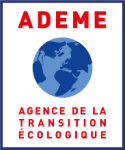 ADEME
ADEME  Ifremer
Ifremer  Généthon
Généthon  ONERA - The French Aerospace Lab
ONERA - The French Aerospace Lab 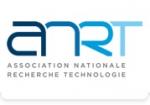 ANRT
ANRT  CESI
CESI  Groupe AFNOR - Association française de normalisation
Groupe AFNOR - Association française de normalisation  Nokia Bell Labs France
Nokia Bell Labs France



